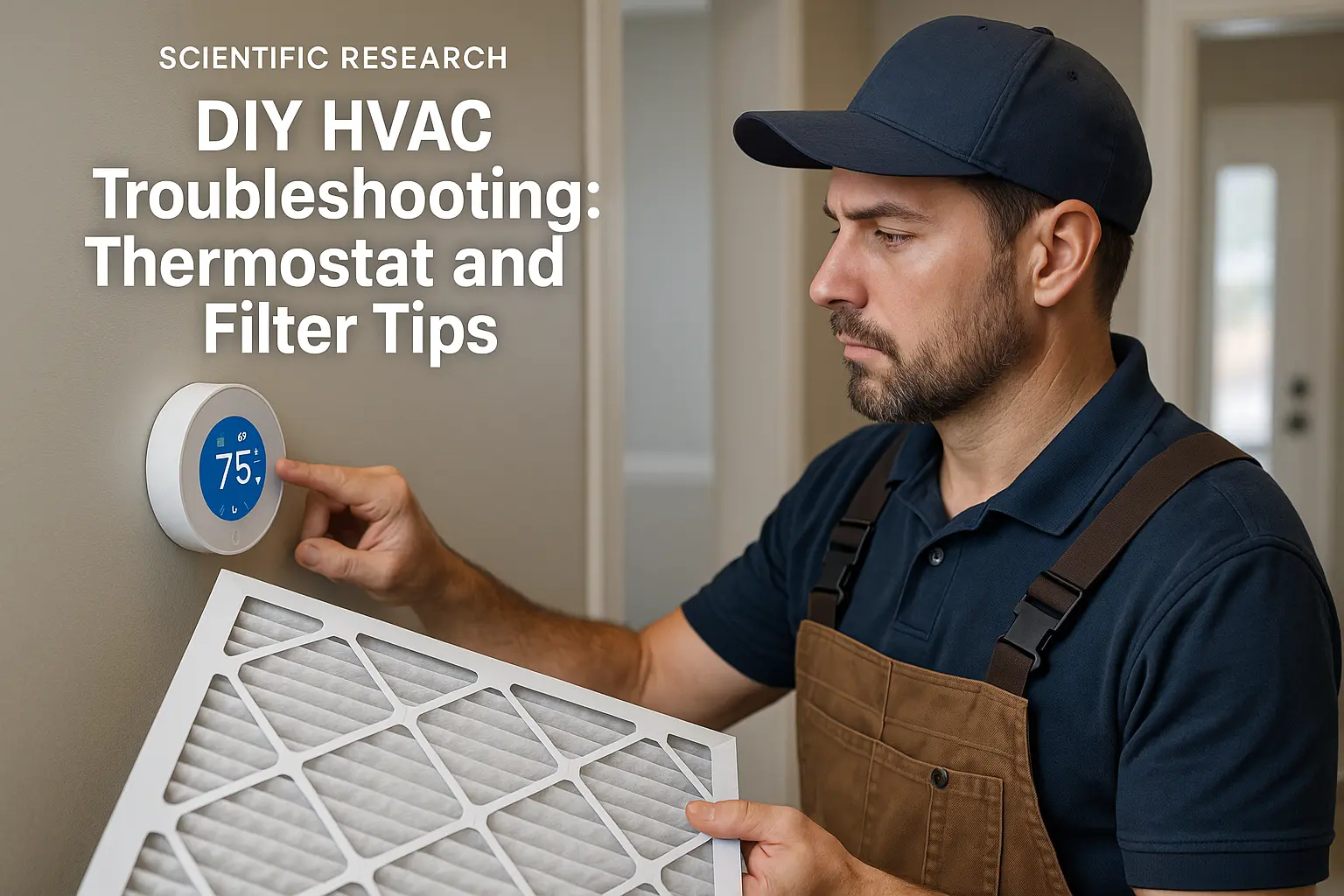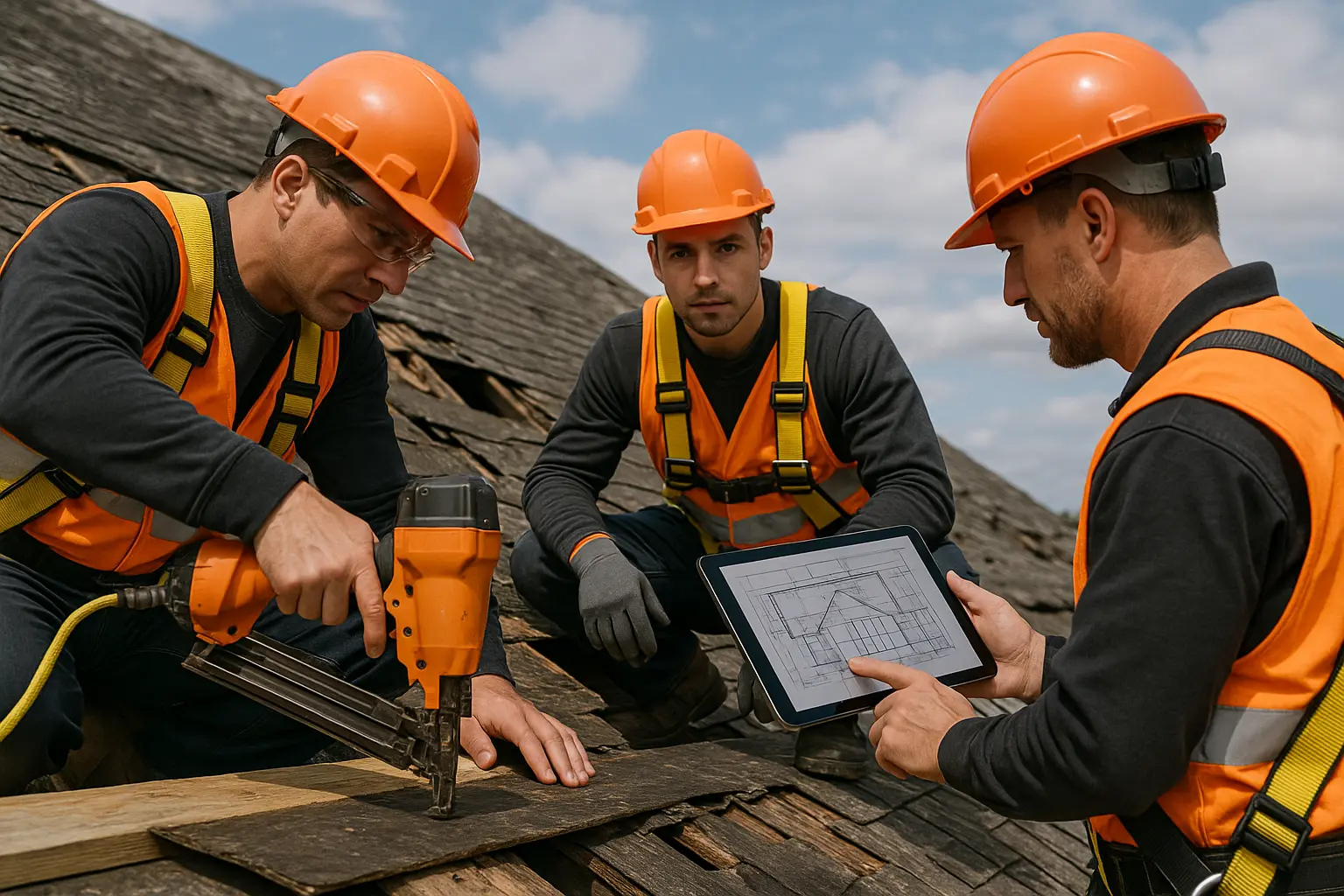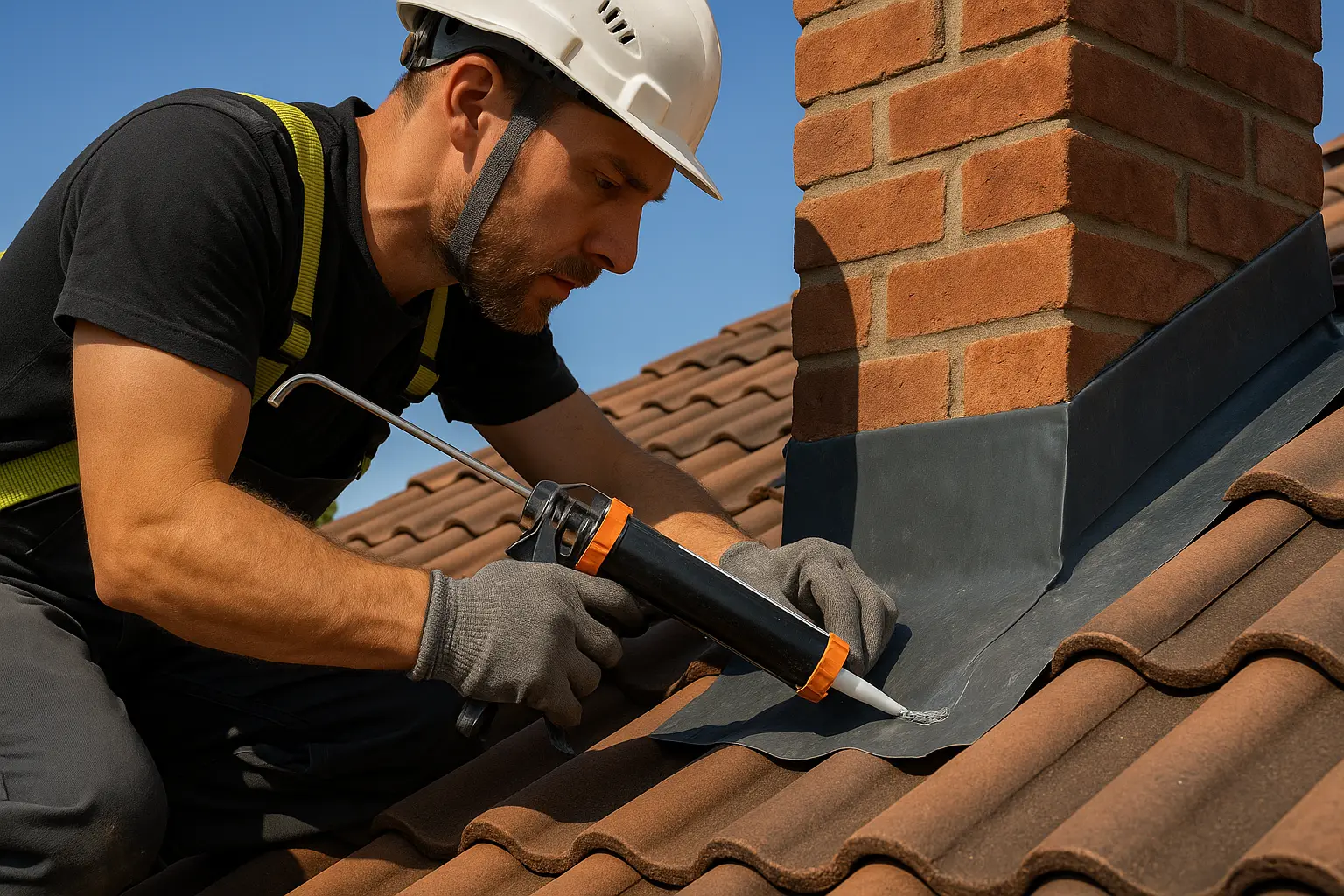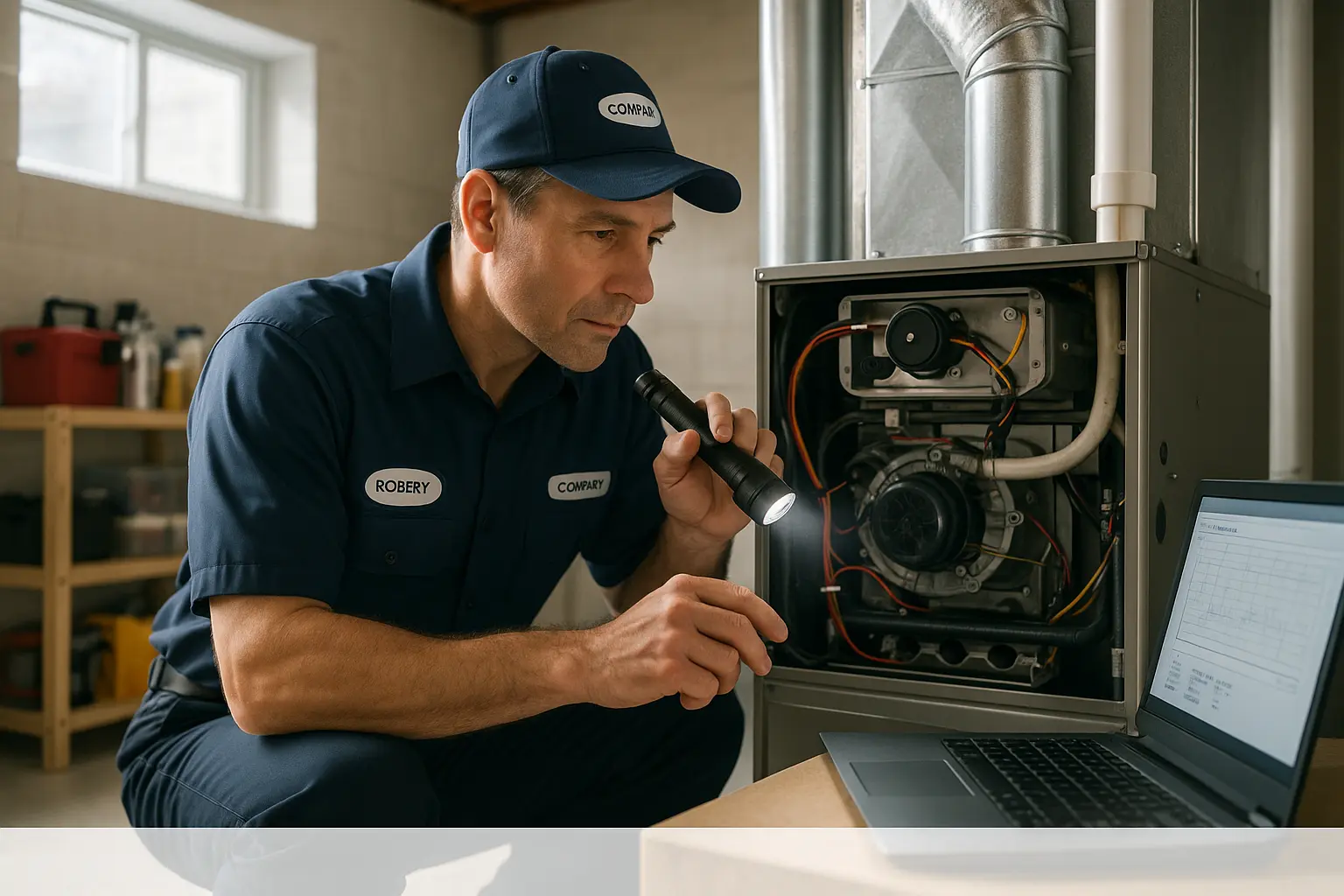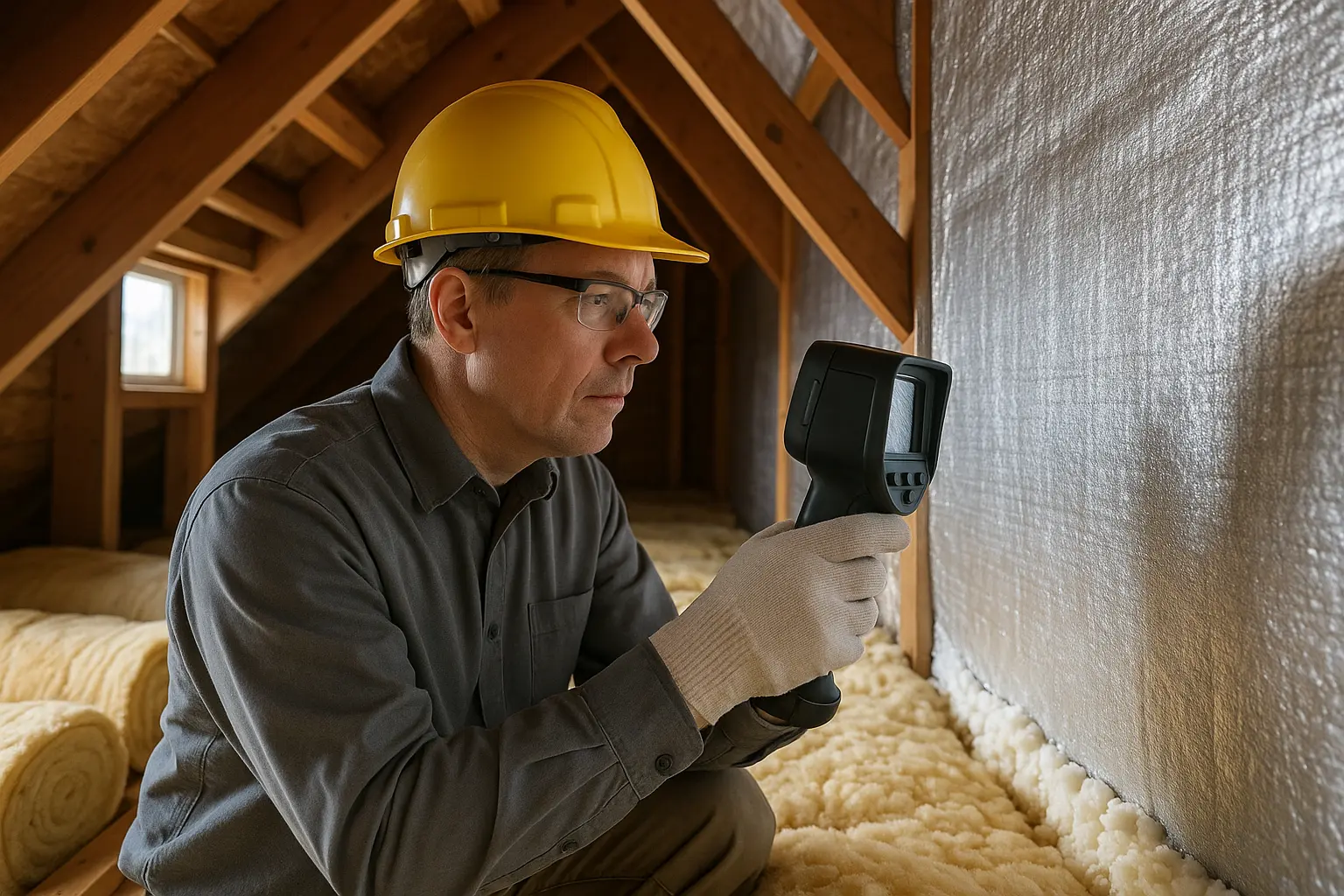Introduction to DIY Home Climate Control
Homeowners often deal with the hassle of unreliable HVAC systems—one day you’re melting under the summer sun, and the next you’re bundled up against the winter chill. When your heating or cooling system lets you down, the frustration can be overwhelming. Instead of waiting on costly repair visits, many are turning to DIY solutions that help them understand and improve their home’s climate control. Not only does this approach save money, but it also opens the door to learning about your system’s inner workings. In this article, we offer a friendly guide on troubleshooting everyday HVAC problems, taking preventive steps, and managing minor repairs. We also share practical tips to help you enhance your system’s performance all year long while keeping home comfort high. Keep in mind that quality HVAC upkeep can make all the difference, and a few dedicated DIY efforts go a long way.
Adopting proper HVAC upkeep practices not only increases energy savings but also promotes a longer life for the apparatus. With a bit of attention to detail—from changing air filters to checking breaker panels—homeowners can significantly cut down on repair costs in the long run. In the sections ahead, you’ll find a mix of hands-on tips and maintenance routines to keep your system running smoothly, contributing to overall energy efficiency, improved indoor air quality, and enhanced home comfort.
Recognizing Common HVAC Issues
Every system, no matter how modern, can begin to falter over time. Early warning signs such as fluctuating temperatures, odd noises, or even complete system shutdowns should prompt a closer look at your HVAC equipment. By recognizing these issues early on, you can often fix them with simple DIY tasks before they turn into expensive repairs. This approach is all part of smart HVAC upkeep that preserves your investment and keeps your home comfortable.
HVAC upkeep in Action: Uneven Temperature Zones
One of the most common complaints among homeowners is experiencing uneven heating or cooling in different parts of the house. This can happen for many reasons. Take air filters, for example. When they get clogged with dust and debris, airflow is limited, causing some rooms to be too cold or overly warm. Regularly checking and replacing air filters is key to preventing these issues.
Other factors include blocked vents, perhaps hidden behind furniture or heavy curtains, or even poor room layouts that disrupt the balance of conditioned air. Another element that often gets overlooked is insulation. Poor insulation can lead to heat escaping during winter or creeping in during summer, which forces your HVAC system to work much harder. By taking steps to maintain open vents, clear air paths, and sufficient insulation, you can enjoy consistent comfort—a clear benefit of basic HVAC upkeep.
Boosting Efficiency through HVAC upkeep
Keeping your HVAC system in top condition is not just about immediate fixes; it also means working smarter to reduce energy bills and boost performance over time. A few well-planned upgrades and regular inspections go a long way in ensuring lasting efficiency. This section highlights practical ways to improve your system’s performance, starting with routine maintenance routines that are a hallmark of effective HVAC upkeep.
Regular Servicing and Maintenance
Routine maintenance is the backbone of a system that runs efficiently. Scheduling a service every six months will help you catch small issues before they grow. When you inspect components like coils, ducts, and refrigerant levels, you can spot buildups of grime or small leaks early on. Cleaning these key parts not only supports energy savings but also prevents the system from overworking—an integral part of proper HVAC upkeep.
For instance, coils that haven’t been cleaned may become enclosed in dirt, impeding heat transfer. Over time, that extra strain can shorten the life of your HVAC system. A regular inspection and timely replacement of worn components will save you from unexpected breakdowns and higher bills. Alongside professional check-ups, DIY tasks like filter replacement ensure that your equipment remains in top form. This focus on routine HVAC upkeep is essential for lasting home comfort and energy efficiency.
Smart Thermostats and Timely Adjustments
Replacing older thermostats with programmable models is a smart move for enhancing the efficiency of your HVAC system. These devices let you set up schedules that match your daily living patterns, cutting down on wasted energy when the house is empty. With the right adjustments, you can make sure that your HVAC system operates only when needed, leading to savings on those monthly bills.
Did you know that a small adjustment like checking or recalibrating the thermostat can lead to significant energy savings? Ensure the device is correctly calibrated by comparing its readings with a trusted thermometer in your living space. Keeping your thermostat accurate is another practical measure tied closely to overall HVAC upkeep.
Sealing Gaps and Boosting Insulation
A well-sealed home supports HVAC efficiency by keeping the conditioned air where it belongs. Gaps in windows, doors, or even the attic allow precious air to escape, pushing the system to compensate and work harder. By applying weather-stripping to doors and windows or enhancing your insulation, you can maintain a more stable indoor temperature. This is an easy yet effective part of effective HVAC upkeep that contributes to both comfort and long-term savings.
The addition of thermal curtains or insulated blinds can further support your efforts in reducing energy loss. Such measures, though small at first, add up over time by lowering your energy usage and extending the life of your HVAC system. When you consider the enhanced system longevity and improved energy savings, these sealing techniques are more than just home improvements—they’re essential steps in everyday HVAC upkeep.
Tackling Minor Repairs on Your Own
Many annoyances with your HVAC unit might be resolved with only a few simple repairs. Often, these are minor glitches that, if left unattended, could snowball into bigger problems. From quick fixes like adjusting a misbehaving thermostat to sealing a duct leak, these tasks can often be handled by a dedicated homeowner. Embracing these DIY repairs not only saves money but also gives you direct insight into the inner workings of your HVAC system, reinforcing the overall theme of consistent HVAC upkeep.
Calibrating Your Thermostat Accurately
If you ever notice irregular heating or surprising temperature swings, your thermostat might be miscalibrated. Comparing your thermostat’s readings with an accurate thermometer is a straightforward test. A small error of a few degrees may cause the system to run inefficiently, leading to extra energy consumption. Carefully recalibrate the thermostat using the instructions in your user manual. When this tool shows the correct temperature, it helps reduce the extra cycles that can put unnecessary strain on your HVAC system. This accurate monitoring is a key part of thoughtful HVAC upkeep.
Refreshing Outdoor Condenser Coils
Another crucial maintenance step involves cleaning the outdoor condenser coils. These coils work to dispel the heat collected from your indoor air. Over time, however, dirt, leaves, and dust can gather, which hampers the coils’ efficiency. Using a soft brush or a low-power vacuum, gently remove the debris from the coil surfaces. Regular cleaning—ideally a couple of times each year—can lead to an improvement in cooling performance during the hot months and ease the workload on the compressor. Regular coil cleaning is a simple yet effective part of smart HVAC upkeep that protects your system over time.
Identifying and Sealing Duct Leaks
Hidden leaks in your duct system can cause major losses in conditioned air, leading to imbalances in your home’s temperature. A quick visual check for cracks or holes in ductwork can reveal if such a leak is present. When you find any blemishes, repairing them with metallic tape or duct mastic is a straightforward task that makes a big difference. Not only does sealing these leaks ensure that cooled or heated air reaches its intended room, but it also supports improved indoor air quality and overall energy efficiency. In other words, addressing ductwork issues is a natural extension of regular HVAC upkeep.
Knowing When to Call in the Pros
While many small fixes are well within the comfort zone of a DIY enthusiast, some challenges are best handled by a professional. Recognizing the boundary between simple maintenance and complex repair is crucial for both safety and efficiency. Here are a few situations where professional assistance is well worth the investment.
Handling Electrical Glitches
Electrical problems can be particularly hazardous and are not suited for a DIY approach. If your system emits unusual burning smells, frequently trips breakers, or displays erratic thermostat behavior, these could signal deeper issues with wiring or circuitry. Attempting to address these electrical glitches without proper knowledge may not only worsen the problem but also pose a safety risk. Professional technicians have the tools and know-how to manage these sensitive issues and to ensure that every connection meets safety standards.
Dealing with Refrigerant Issues
Another area where caution is advised is the handling of refrigerant leaks. A faint hissing sound near your HVAC unit or a noticeable dip in cooling performance might indicate a refrigerant leak. Because these chemicals require careful handling, it’s best to leave refrigerant issues to those with specialized training. Professional repairs will safely fix the leak and bring your system back to peak performance while keeping environmental and health concerns at bay.
When Problems Persist Despite DIY Efforts
If you’ve explored routine maintenance steps and made minor repairs but your HVAC system still struggles, it might be time to call a professional. Persistent issues like recurring noises, continual temperature swings, or repeated system shutdowns are clear signs of an underlying problem. A professional service visit will provide a comprehensive diagnostic check using advanced tools. By uncovering hidden issues, you can avoid further damage and maintain your home’s comfort safely—a step that rounds out your commitment to long-term HVAC upkeep.
Conclusion: The Power of Consistent HVAC Upkeep
Taking charge of your home’s climate starts with a simple commitment to routine maintenance and smart troubleshooting. By learning to recognize and address common issues such as uneven temperature zones, odd sounds, and system non-responsiveness, you not only keep repairs to a minimum but also gain a better grasp of your HVAC system’s needs. Regular DIY tasks—whether it’s changing filters, cleaning coils, or sealing ducts—form the backbone of effective home care and help boost energy savings. This ongoing focus on HVAC upkeep ensures that the system works efficiently, extends its lifespan, and ultimately guards against unexpected high repair bills.
Innovative tools like programmable thermostats enhance your ability to manage energy consumption by allowing you to set tailored schedules that align with daily routines. Simple steps such as recalibrating your thermostat and checking circuit breakers add up, creating a reliable and comfortable home environment throughout the seasons. These everyday measures not only safeguard your HVAC system but also pave the way for noticeable improvements in energy efficiency and indoor air quality.
Remember, while DIY fixes are empowering, knowing when to enlist professional help is equally important. Whether it’s complex electrical matters or refrigerant mishaps, experienced technicians provide the expertise needed for safe and effective repairs. With a balanced approach that combines personal vigilance with professional maintenance when necessary, you can maintain superior home comfort and benefit from long-term energy savings.
Ultimately, consistent HVAC upkeep transforms home maintenance from a reactive chore into a strategic, proactive routine. Invest a little time now, and you’ll enjoy a more efficient, reliable system that keeps you comfortable no matter the weather. Embrace the power of proper care, and watch as small efforts lead to significant savings and a cozier home for you and your family.

